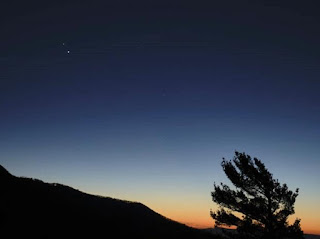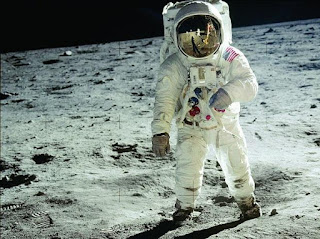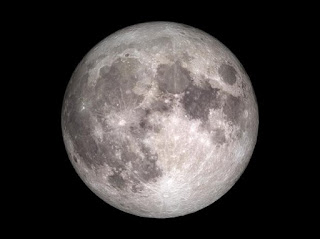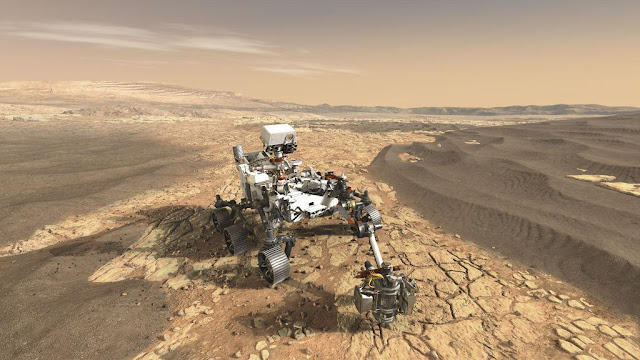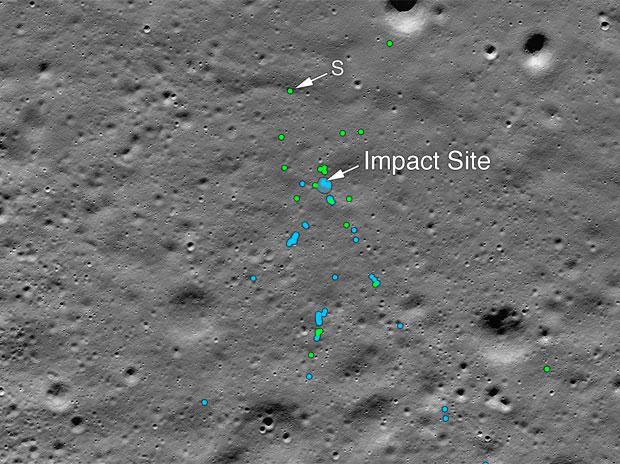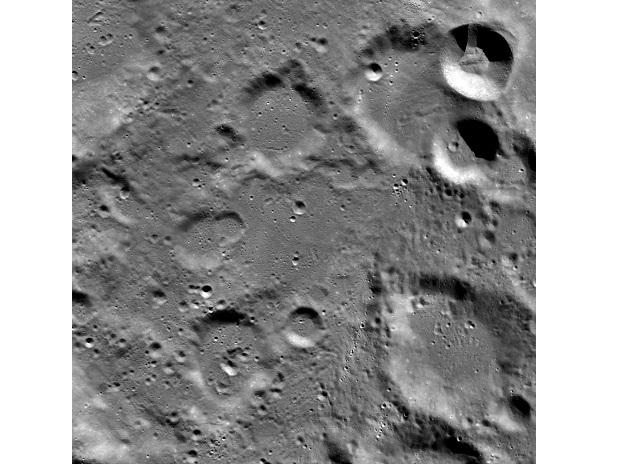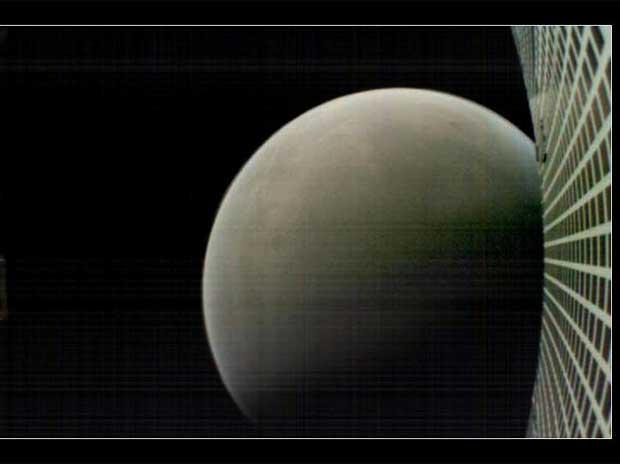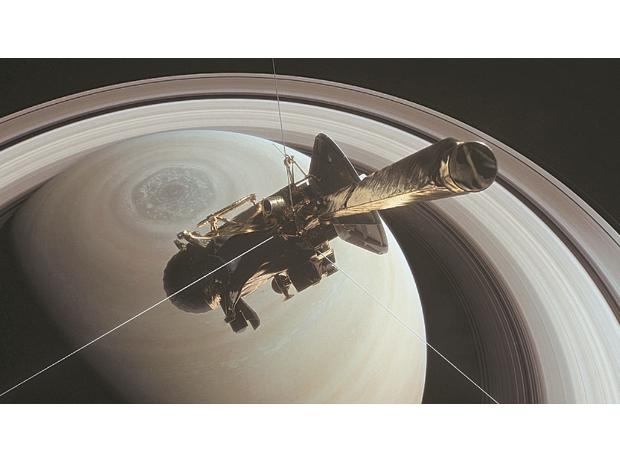NASA set to launch SpaceX Crew-2 from International Space Station on Apr 22
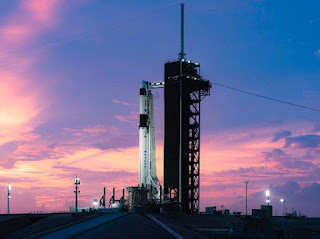
US space agency NASA is set to launch SpaceX Crew Dragon second flight to the International Space Station on April 22, it said. The Crew-2 with four astronauts on board, will lift-off at 6:11 a.m. EDT on April 22, from Launch Complex 39A at the agency's Kennedy Space Center in Florida. The Crew-2 flight will carry NASA astronauts Shane Kimbrough and Megan McArthur -- whoa-will serve as the mission's spacecraft commander and pilot, respectively -- along with JAXA (Japan Aerospace Exploration Agency) astronauta-Akihikoa-Hoshidea-and ESA (European Space Agency) astronaut Thomasa-Pesquet, whoa-will serve as mission specialists to the space station, the space agency said in a statement. The mission is the second of the six certified, crew missions NASA, and SpaceX will fly as a part of the agency's Commercial Crew Programme. Crew-1 successfully docked into the ISS in November, last year. Read More

